The Impressionist movement of the 19th century revolutionized the art world, focusing on capturing fleeting moments of light and color. However, this movement also left some artists yearning for more.
Post-Impressionism artists sought to transcend the limitations of depicting the observed world and delve into the depths of their subjective vision. This desire gave birth to Post-Impressionism, an artistic movement that encompassed a wide range of styles and ideologies but shared a common motivation: to respond to the opticality of Impressionism and explore the artist’s inner world.
Table of Contents
- About The Post-Impressionism Art Movement
- Post-Impressionism Exploration Of Form And Pattern
- Post-Impressionism Paved Way For Abstract Expressionism Movement
- The Legacy Of Post-Impressionism Seen In Contemporary Art
- Frequently Asked Questions
- Related Questions
About The Post-Impressionism Art Movement
Post-Impressionism is a great art movement that has left an indelible mark on the art world, giving rise to some of history’s most renowned artworks and artists. One such luminary of this movement was Vincent van Gogh, whose contributions have become synonymous with the essence of Post-Impressionism.
The Impressionist movement, which flourished in the 19th century, revolutionized Art by capturing the ephemeral interplay of light and color. While this approach garnered immense acclaim, it left certain artists craving a deeper connection to their craft.
The post-impressionism artists yearned to transcend the mere depiction of the observable world and instead plunge into the depths of their subjective visions. It was from this longing that Post-Impressionism emerged. This diverse and captivating artistic movement united artists in their quest to respond to the opticality of Impressionism while delving into the rich tapestry of their inner worlds.
Post-Impressionism Started Late 19th Century
Post-Impressionism emerged in the late 19th century and continued to influence Art well into the 20th century. Artists like Paul Gauguin and Vincent van Gogh sought to connect with viewers on a deeper level by infusing their works with their memories, emotions, and subjective experiences.
Paul Gauguin – Post Impressionism Artist
Gauguin, known for his lush Symbolist paintings, sought to escape the confines of Western civilization and immerse himself in the exoticism of the South Pacific. His works, such as “Where Do We Come From? What Are We? Where Are We Going?” and “Tahitian Women on the Beach,” are rich with symbolic imagery and vivid colors, inviting viewers to contemplate the mysteries of life and the human condition.
Vincent Van Gogh – Post Impressionism Artist
On the other hand, Van Gogh explored his tumultuous emotions through his vibrant and expressive brushwork. His famous works, such as “Starry Night” and “The Bedroom,” are characterized by swirling brushstrokes and intense colors that convey the artist’s inner turmoil and psychological state.
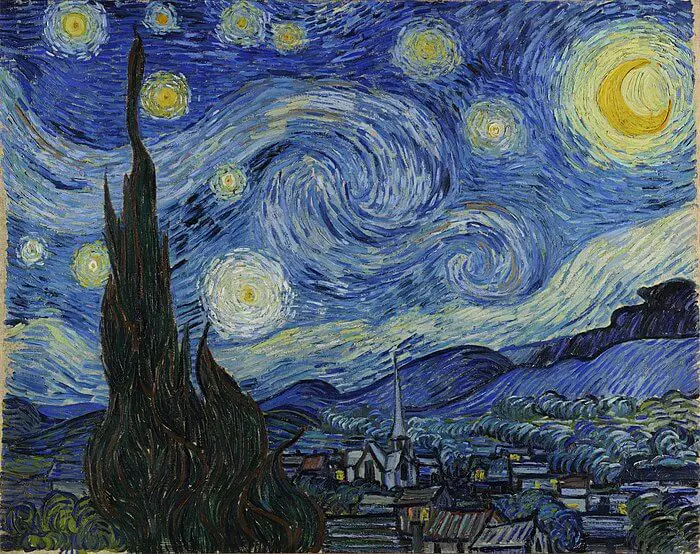
Van Gogh’s bold and vibrant style laid the groundwork for future expressionist movements.
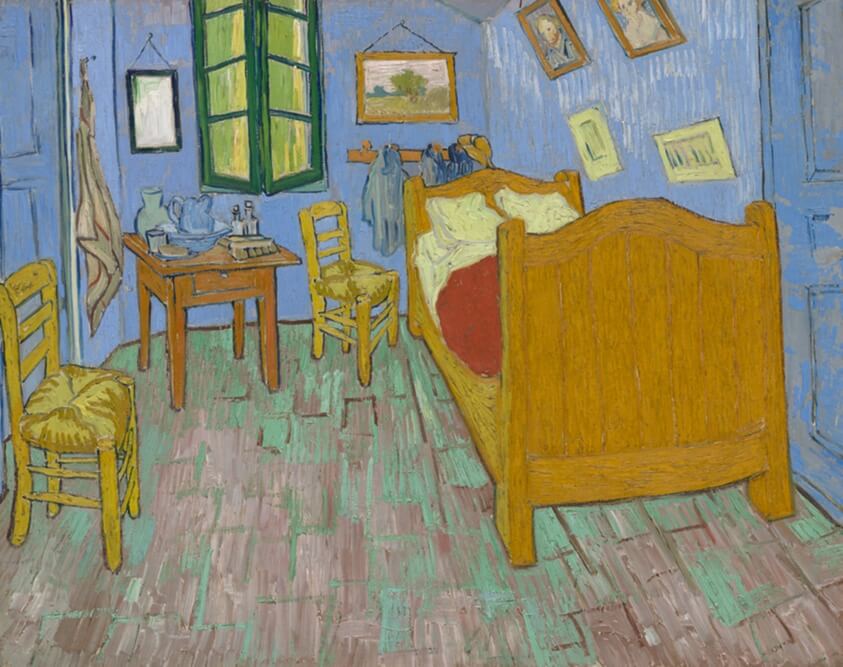
Other Post-Impressionism Artists Explored
While Gauguin and Van Gogh focused on subjective meanings, other Post-Impressionists like Paul Cézanne, Georges Seurat, and Paul Signac emphasized the formal aspects of Art.
They were interested in structure, order, and the optical effects of color. Their works, such as Cézanne’s “Mont Sainte-Victoire,” Seurat’s “A Sunday on La Grande Jatte,” and Signac’s “The Port of Saint-Tropez,” demonstrate their meticulous attention to composition, light, and color relationships.
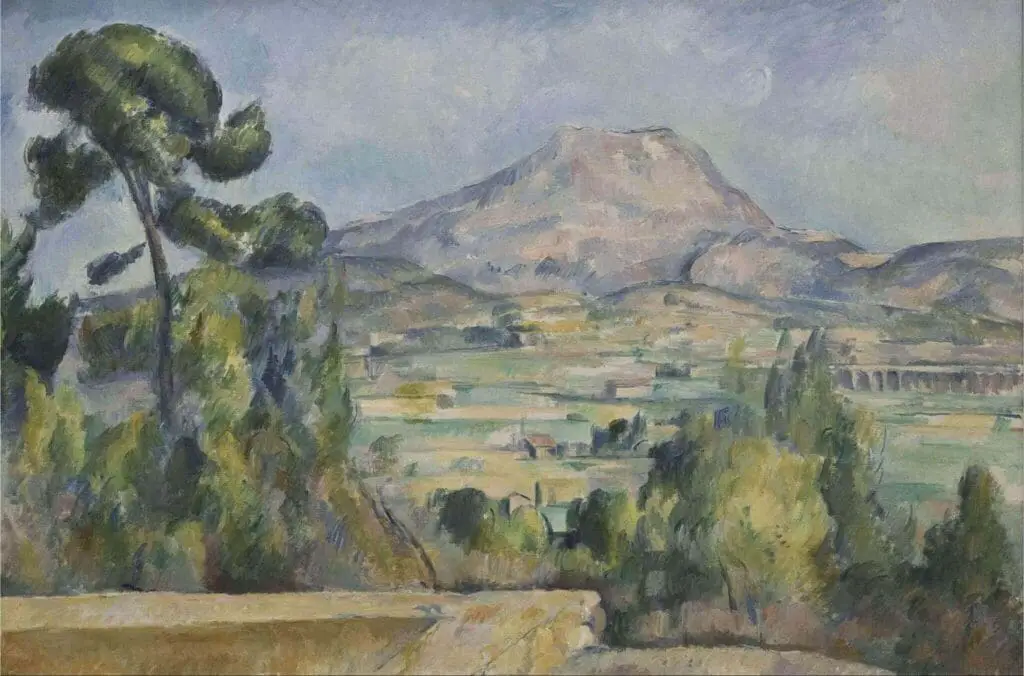


They aimed to capture the essence of the world by relying on the interplay of colors and shapes, creating a new visual language that extended beyond mere representation.
Post-Impressionism Exploration Of Form And Pattern
The Post-Impressionists’ exploration of form and pattern laid the foundation for the radical abstract art movements that emerged in the early 20th century. Their early leanings toward abstraction challenged the traditional notion of Art as a window onto the world, instead turning it into a window into the artist’s mind and soul.
Artists like Wassily Kandinsky, Piet Mondrian, and Kazimir Malevich built upon the Post-Impressionists’ groundwork and pushed the boundaries of abstraction even further.
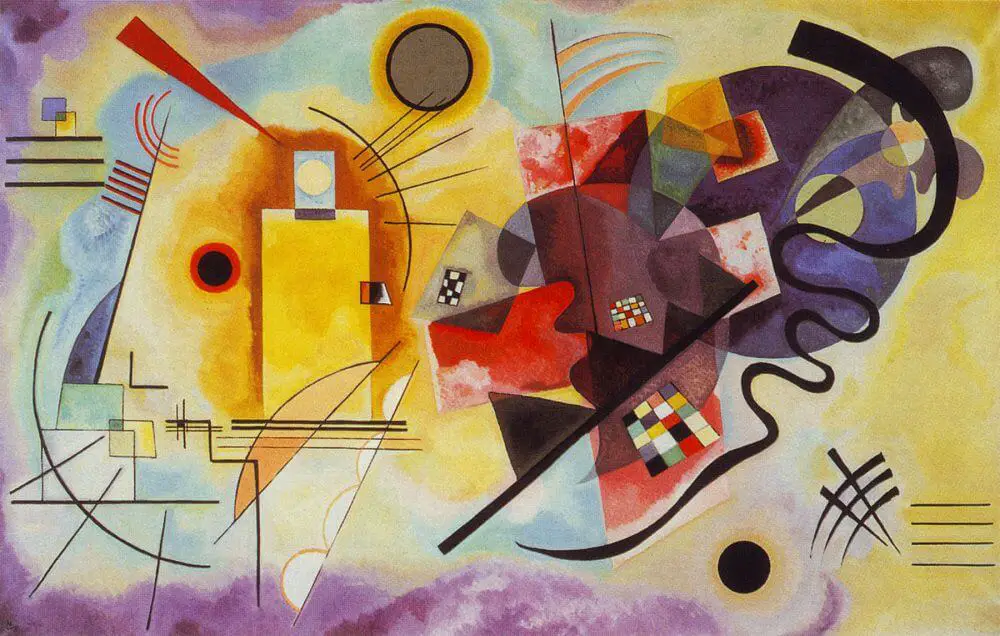
Critics of the time grouped the various styles within Post-Impressionism into two opposing trends. On one side, the structured, or geometric, style foreshadowed the emergence of Cubism. Artists like Cézanne and Seurat, with their emphasis on form and order, provided a basis for the geometric exploration of space and multiple perspectives that characterized the Cubist movement.
Post-Impressionism Paved Way For Abstract Expressionism Movement
Conversely, expressive or non-geometric art paved the way for Abstract Expressionism. With their intense emotions and subjective interpretations, artists like Van Gogh and Gauguin laid the groundwork for the later generation of artists who sought to express their inner selves through bold, gestural brushwork and abstract forms.
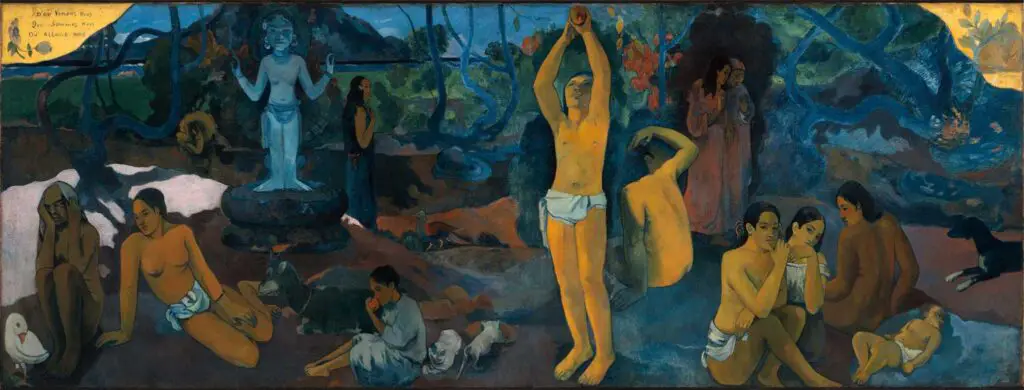
The influence of Post-Impressionism extended far beyond its own time, shaping the trajectory of Art in the 20th century and beyond. The movement’s emphasis on subjective vision and exploring the artist’s inner world laid the groundwork for future artistic movements that focused on personal expression and breaking traditional boundaries.
Expressionism And Post-Impressionism
One such movement that Post-Impressionism heavily influenced was Expressionism, which emerged in the early 20th century,
Expressionism sought to convey the raw emotions and inner experiences of the artist. Artists like Ernst Ludwig Kirchner, Emil Nolde, and Egon Schiele delved deep into their psyches, creating artworks filled with distorted figures, bold colors, and exaggerated forms.
Expressionism’s emotional intensity and expressive brushwork can be traced back to the Post-Impressionists’ emphasis on personal expression and subjective vision.
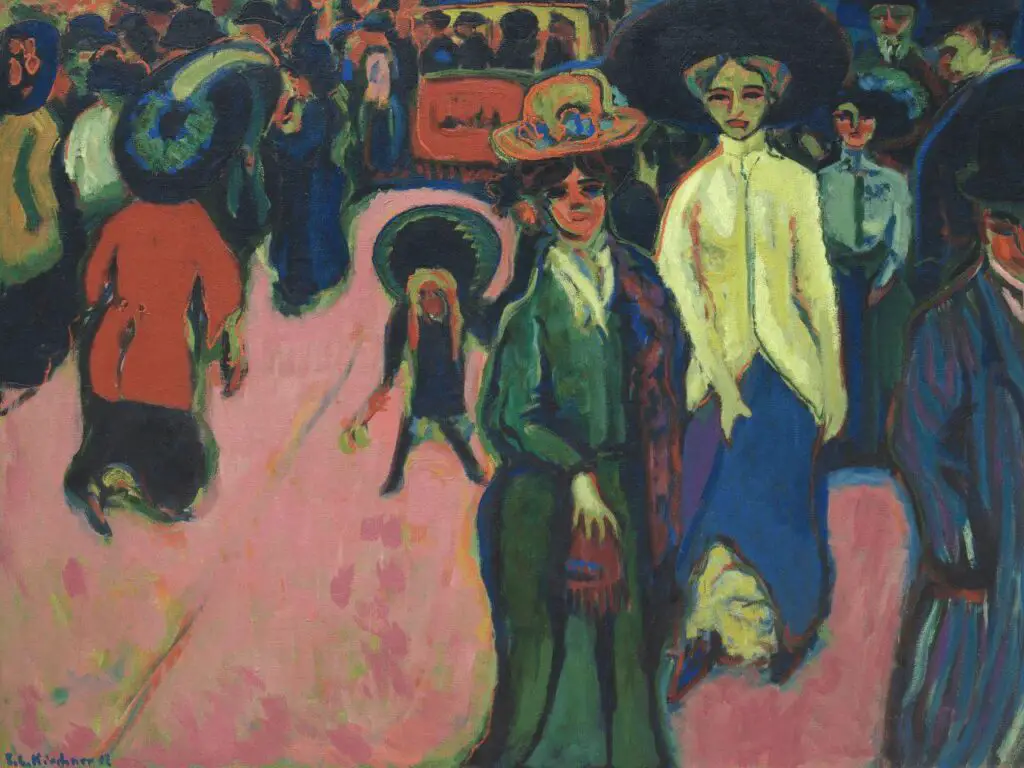
Post-Impressionism also had a profound impact on the development of abstract Art. The movement’s early explorations of abstraction, particularly in the works of artists like Cézanne and Seurat, provided a springboard for the radical modernist exploration of non-representational Art in the early 20th century.
The Post-Impressionists ‘ departure from strict representation inspired artists like Wassily Kandinsky, Piet Mondrian, and Kazimir Malevich. They embraced a pure, abstract language of form, line, and color.
The Legacy Of Post-Impressionism Seen In Contemporary Art
The legacy of Post-Impressionism can be seen in more contemporary art movements that address identity and personal narratives. Feminist Art, for instance, draws on the Post-Impressionists’ emphasis on subjective experience and personal expression to challenge traditional notions of gender roles and power dynamics.
Artists like Judy Chicago, Frida Kahlo, and Tracey Emin use their artwork to explore their experiences as women, reclaiming their voices and narratives in the art world.
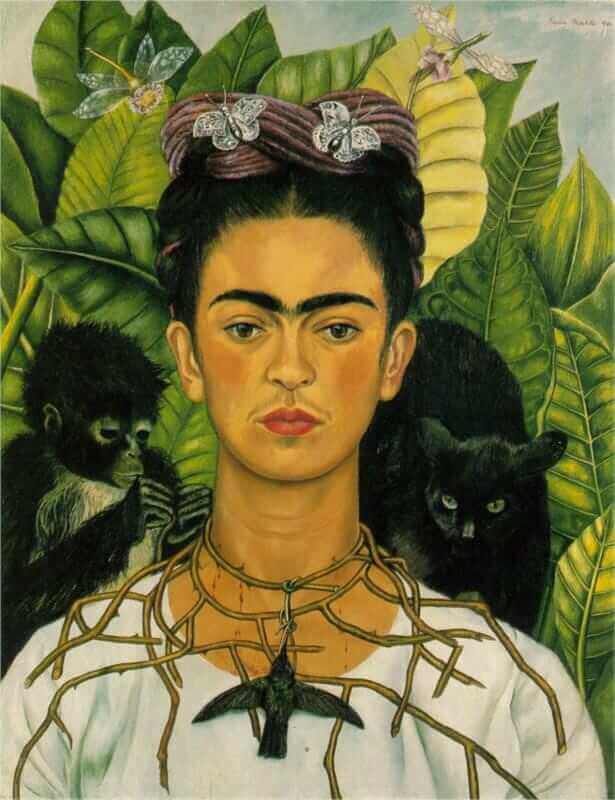
Post-Impressionism was a pivotal movement in the history of Art, marking a significant departure from the purely visual approach of Impressionism. Its artists sought to go beyond the surface and delve into the depths of their subjective vision, using color, form, and symbolism to express their memories, emotions, and personal experiences.
The movement’s exploration of abstraction and subjective expression paved the way for future artistic movements, including Expressionism and Abstract Art.
The impact of Post-Impressionism can still be felt in contemporary Art, as artists continue to delve into their inner worlds and push the boundaries of personal expression and representation. It remains a testament to the power of Art to transcend the observable and invite viewers into the intricate landscapes of the artist’s mind and soul.
Anita Louise Art is dedicated to art education, great artists, and inspiring others to find and create their art. We love art that uplifts and inspires. #ArtToMakeYouSmile! #ArtToMakeYouHappy!
If you want to see any of my art, you can find out more by clicking here. If you are interested in what inspires me and my paintings, you can discover more by clicking here.
We have a free newsletter and would love you to be part of our community; you can subscribe to the newsletter by clicking here. I would be happy to talk to you if you have any questions. You can reach me, Anita, by clicking here.
Subscribe to our Anita Louise Art YouTube Channel with great videos and information by clicking here.
Join us for our podcast “5 Minutes With Art.” Spend just 5 minutes a week with us to discover and learn about great art and artists. You can find out more about our podcast by clicking here.
Frequently Asked Questions
What defines Post-Impressionism as an art movement?
Post-Impressionism emerged as a reaction to the Impressionist movement’s focus on capturing fleeting moments. It encompasses various styles and ideologies, all driven by a shared motivation to explore the artist’s subjective vision.
How did Post-Impressionist artists go beyond the limitations of depicting the observed world?
Post-Impressionist artists aimed to transcend the opticality of Impressionism by delving into the depths of their inner world. They sought to express emotions, thoughts, and personal perspectives in their artwork, moving beyond a mere representation of the external reality.
What are some key characteristics of Post-Impressionist art?
Post-Impressionist art is characterized by a diverse range of styles, vibrant colors, symbolic content, and a departure from realistic representation. Artists often used bold brushstrokes, unconventional perspectives, and subjective interpretations to convey their emotions and ideas.
Who were some notable Post-Impressionist artists, and what were their contributions?
Notable Post-Impressionist artists include Vincent van Gogh, Paul Cézanne, Georges Seurat, and Paul Gauguin. Van Gogh’s expressive use of color, Cézanne’s exploration of form and structure, Seurat’s pointillism, and Gauguin’s symbolic themes are among their significant contributions.
How did Post-Impressionism impact the art world and subsequent movements?
Post-Impressionism had a profound influence on the development of modern art. It paved the way for movements such as Fauvism and Cubism, as well as the broader transition from representational art to abstract expressionism in the 20th century.
What role did emotion play in Post-Impressionist art?
Emotion played a central role in Post-Impressionist art. Artists sought to convey their inner thoughts and feelings through their work, often using color, form, and composition to evoke specific emotions in the viewer.
How did Post-Impressionist artists challenge traditional artistic conventions?
Post-Impressionist artists challenged traditional artistic conventions by experimenting with form, color, and perspective. They moved away from realistic representation and embraced more subjective and symbolic approaches to convey meaning.
What is the significance of symbolism in Post-Impressionist art?
Symbolism was significant in Post-Impressionist art as artists used symbols and metaphors to express deeper meanings and emotions. This departure from literal representation allowed for a more personal and imaginative interpretation of the artwork.
Related Questions
What Was The Focus Of Renaissance Art?
The focus of Renaissance art was on the classics of Greek and Rome, humanist philosophy, and the study of the human figure. Realism was also an essential part of renaissance art. The great artists of the Renaissance also became great anatomists and studied human beings.
By clicking here, you can learn more by reading What Was The Focus Of Renaissance Art?.
What Is The Importance Of Art From The Renaissance Period?
Renaissance art is essential as it was a time of rebirth and discovery. Artists like Leonardo da Vinci, Michelangelo, and Raphael were at the forefront of that change, creation, and discovery. Renaissance art has influenced art and artists for many centuries and continues to influence artists today.
By clicking here, you can learn more by reading What Is The Importance Of Art From The Renaissance Period?.
Early Renaissance Vs. High Renaissance Art Explained
Early Renaissance and High Renaissance are both periods of the art of the Renaissance era. The entire Renaissance era shared a lot of the same characteristics. The High Renaissance was dominated by three major artists: Leonardo da Vinci, Michelangelo, and Raphael.
By clicking here, you can learn more by reading Early Renaissance Vs. High Renaissance Art Explained.


